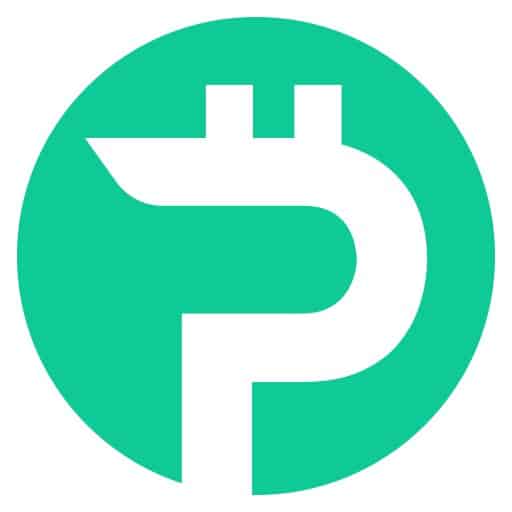
The recent action from Binance comes in the wake of the NYDFS ordering BUSD issuer Paxos to stop minting new coins. Binance has turned to a new set of stablecoins in the wake of the United States Securities and Exchange Commission’s (SEC) regulatory action against its native stablecoin, Binance USD (BUSD). The SEC had sent […]
The recent action from Binance comes in the wake of the NYDFS ordering BUSD issuer Paxos to stop minting new coins.
Binance has turned to a new set of stablecoins in the wake of the United States Securities and Exchange Commission’s (SEC) regulatory action against its native stablecoin, Binance USD (BUSD). The SEC had sent a Wells notice, alleging BUSD violates U.S. securities law.
Following the SEC’s notice, the New York Department of Financial Services (NYDFS) asked BUSD issuer Paxos Trust to stop minting new BUSD altogether. The minting ban on BUSD has forced Binance to seek alternative methods to meet its stablecoin needs.
According to on-chain data, the largest cryptocurrency exchange by trading volume is looking to onboard TrueUSD, along with adding support for a few decentralized stablecoins as well. The crypto exchange minted 180 million TUSD from Feb 16 to Feb 24.
1/ With the SEC’s regulation of $BUSD, #Binance is looking to collaborate with other stablecoin projects.
– Minted 180M $TUSD from Feb 16 to Feb 24;
– Announced listing $LQTY in the Innovation Zone on Feb 28;
– Announced launching $TRU perpetual contract today.A thread pic.twitter.com/YqCDWkd3hE
— Lookonchain (@lookonchain) March 6, 2023
TrustToken, the stablecoin operator behind USD-pegged stablecoin TUSD is a Binance partner since June 2019. The partnership allowed Binance to buy TUSD for zero fees and redeem it for fiat currency. Binance’s TUSD relation has come a full circle, where earlier in September Binance auto liquidated TUSD to BUSD to increase its market share. Now, with a ban on BUSD, Binance is increasingly minting new TUSD to mitigate its stablecoin needs.
Binance CEO Changpeng Zhao has said that the crypto exchange will look at other options to diversify its stablecoin away from BUSD after the regulatory actions. Just a couple of weeks later, Binance announced support for the decentralized borrowing protocol Liquity (LQTY) and launched TrueFi (TRU) perpetual contracts. TRU is the native token of the decentralized finance protocol TrueFi for uncollateralized lending.
Related: Binance tried to hire Gary Gensler in 2018 for closer ties with U.S. regulators: Report
The Binance listing for Liquity and TrueFi proved to be a big boost in their price, and both tokens have surged by 200% in the last month. Cointelegraph reached out to Binance to get their views on their interest in decentralized stablecoins but didn’t get a response at press time.
Decentralized stablecoins became popular with the advent of Terra’s native stablecoin TerraUSD. Market pundits believed decentralized stablecoins would be the next big thing in the crypto ecosystem. However, with the collapse of the Terra ecosystem in May 2022, the opinions about the nascent stablecoin concept changed fast.
The Office of the Comptroller of the Currency (OCC) used the depeg and collapse of the TerraUSD Classic (USTC) algorithmic stablecoin as an example of stablecoins’ “run risk,” and how asset-backed stablecoins also saw minor depeg events as a result.









